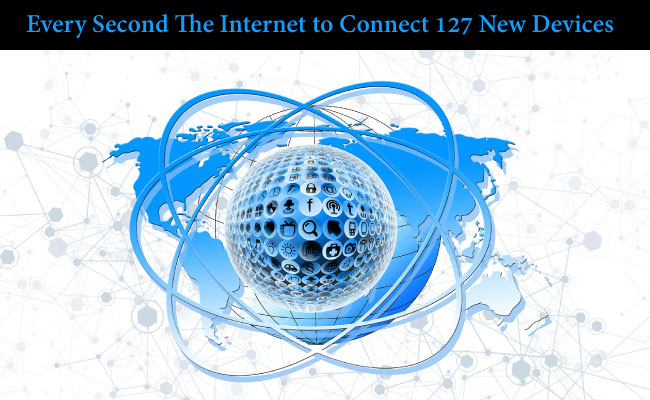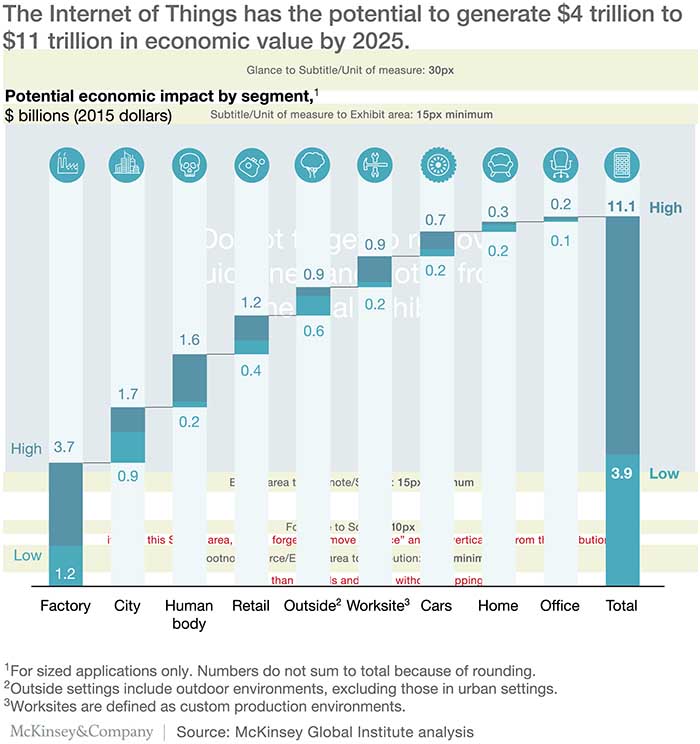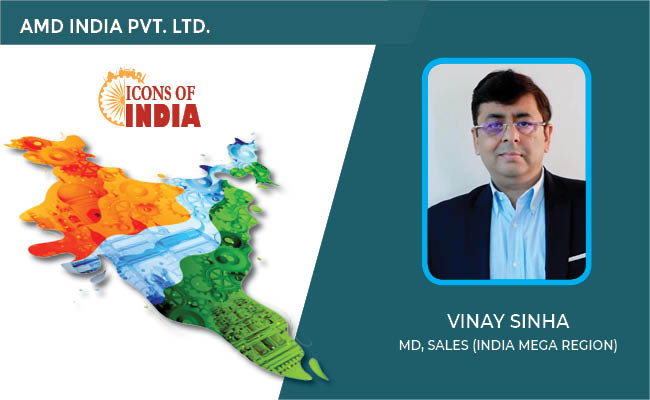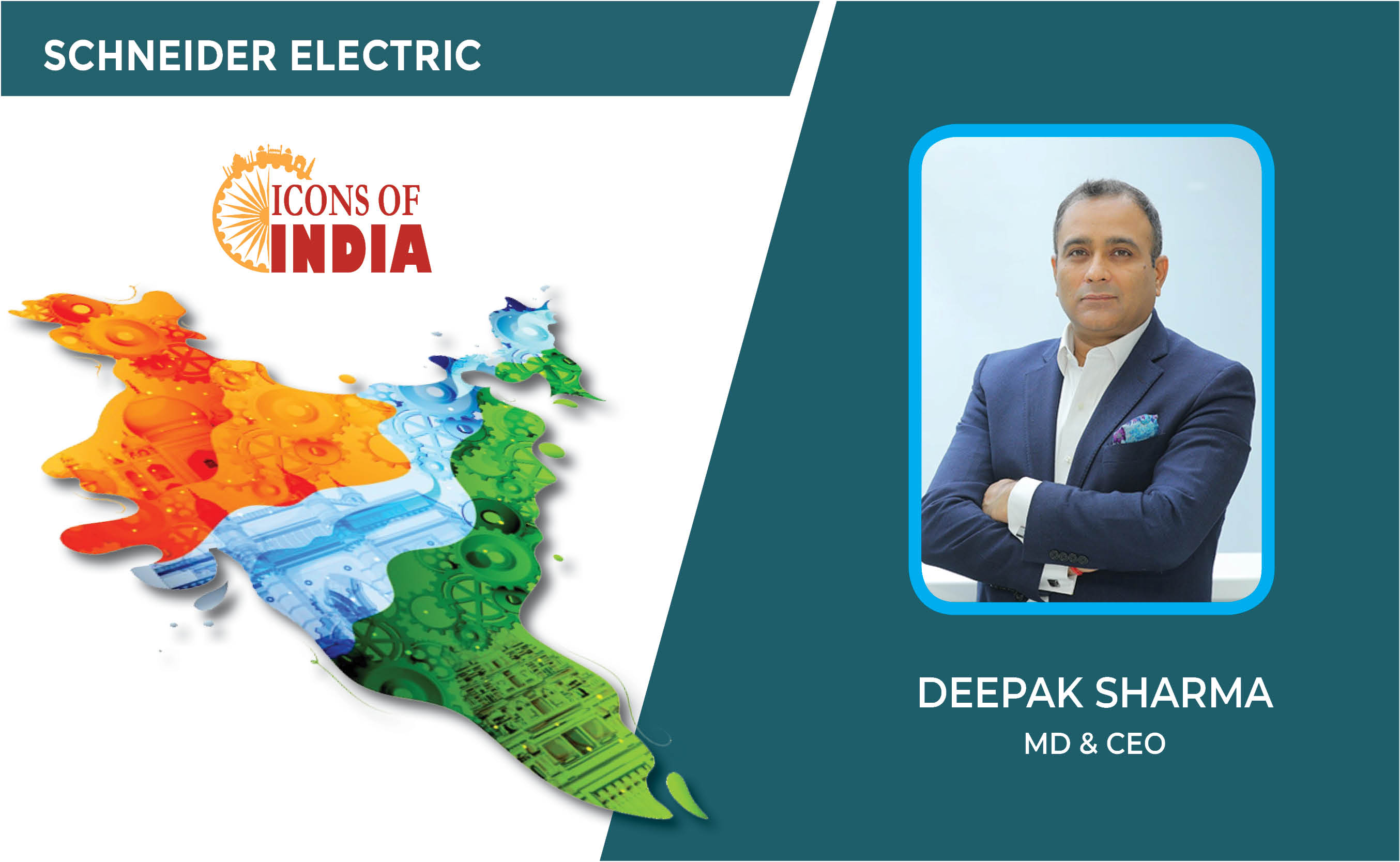Every Second The Internet to Connect 127 New Devices
By MYBRANDBOOK

For semiconductor companies, which are looking for new sources of revenue, the rate of IoT adoption is an important concern. In this article, we will look at the case for optimism, as well as the reasons for more modest expectations. We will also examine new technologies that could accelerate IoT’s growth and product-development strategies that semiconductor companies could implement to increase the appeal of IoT offerings. Organizations are using various emerging technologies such as artificial intelligence (AI) to gain actionable insights from data can expect revenue to grow by 10%.
Reasons for optimism: Increased connectivity helps IoT
If we look at the IoT’s recent growth, the optimists have reason to be encouraged. Consumers are more connected than ever, owning an average of four IoT devices that communicate with the cloud. Globally, an estimated 127 new devices connect to the Internet every second. A report from the McKinsey Global Institute estimates that the IoT could have an annual economic impact of $3.9 trillion to $11.1 trillion by 2025 across many different settings, including factories, cities, retail environments, and the human body .

IoT is also benefiting from infrastructure improvements that have enhanced connectivity. For example, only 20 percent of the global population is now covered by low-power, wide-area networks (LPWANs) that allow long-range communications among connected devices while optimizing both costs and power-consumption requirements. By 2022, however, we expect that 100 percent of the population will have LPWAN coverage. Similarly, technological advances are reducing power requirements, decreasing costs, and promoting the development of more integrated IoT solutions. Consider lidar sensors, the laser-based sensor packages that scan and detect surroundings, which are essential for autonomous driving. Their price has declined more than 10-fold over the past eight years and is expected to drop more than 65-fold over the next two. This decrease, combined with the increased technological sophistication of lidar, is contributing to the development of fully autonomous cars, which could constitute 25 percent of all vehicle purchases by 2035.
Reality check: Industrial IoT adoption has been slower than expected
Many experts view IoT’s slower-than-expected growth within the industrial sector with particular concern. To gain more perspective, we investigated how industrial companies are using IoT applications and tried to estimate whether business-to-business (B2B) growth might accelerate. In addition to basic research, we interviewed and surveyed over 100 leaders from various industries, including public sector and utilities, discrete manufacturing, oil and gas, mining, telecommunications, technology, media, healthcare, and pharmaceuticals.
Few large-scale IoT projects
Our interviews revealed that most businesses are adopting the IoT only to a limited extent. With the exception of oil and gas and mining, leaders from all industries reported that their companies often received real-time data from IoT sensors. However, most leaders reported that their enterprise deployments were still at proof-of-concept stage, and none have yet embarked on large-scale programs.
"


Legal Battle Over IT Act Intensifies Amid Musk’s India Plans
The outcome of the legal dispute between X Corp and the Indian government c...

Wipro inks 10-year deal with Phoenix Group's ReAssure UK worth
The agreement, executed through Wipro and its 100% subsidiary,...

Centre announces that DPDP Rules nearing Finalisation by April
The government seeks to refine the rules for robust data protection, ensuri...

Home Ministry cracks down on PoS agents in digital arrest scam
Digital arrest scams are a growing cybercrime where victims are coerced or ...


ICONS OF INDIA : VINAY SINHA
Vinay Sinha is the Managing Director of Sales for the India Mega Regio...

Icons Of India : Deepak Sharma
Deepak Sharma spearheads Schneider Electric India. He brings with him ...

Icons Of India : PRATIVA MOHAPATRA
Prativa is a transformational leader with an incredible breadth of exp...


GeM - Government e Marketplace
GeM is to facilitate the procurement of goods and services by various ...

NSE - National Stock Exchange
NSE is the leading stock exchange in India....

IREDA - Indian Renewable Energy Development Agency Limited
IREDA is a specialized financial institution in India that facilitates...


Indian Tech Talent Excelling The Tech World - Aman Bhutani, CEO, GoDaddy
Aman Bhutani, the self-taught techie and CEO of GoDaddy, oversees a co...

Indian Tech Talent Excelling The Tech World - Thomas Kurian, CEO- Google Cloud
Thomas Kurian, the CEO of Google Cloud, has been instrumental in expan...

Indian Tech Talent Excelling The Tech World - Aneel Bhusri, CEO, Workday
Aneel Bhusri, Co-Founder and Executive Chair at Workday, has been a le...
 of images belongs to the respective copyright holders
of images belongs to the respective copyright holders